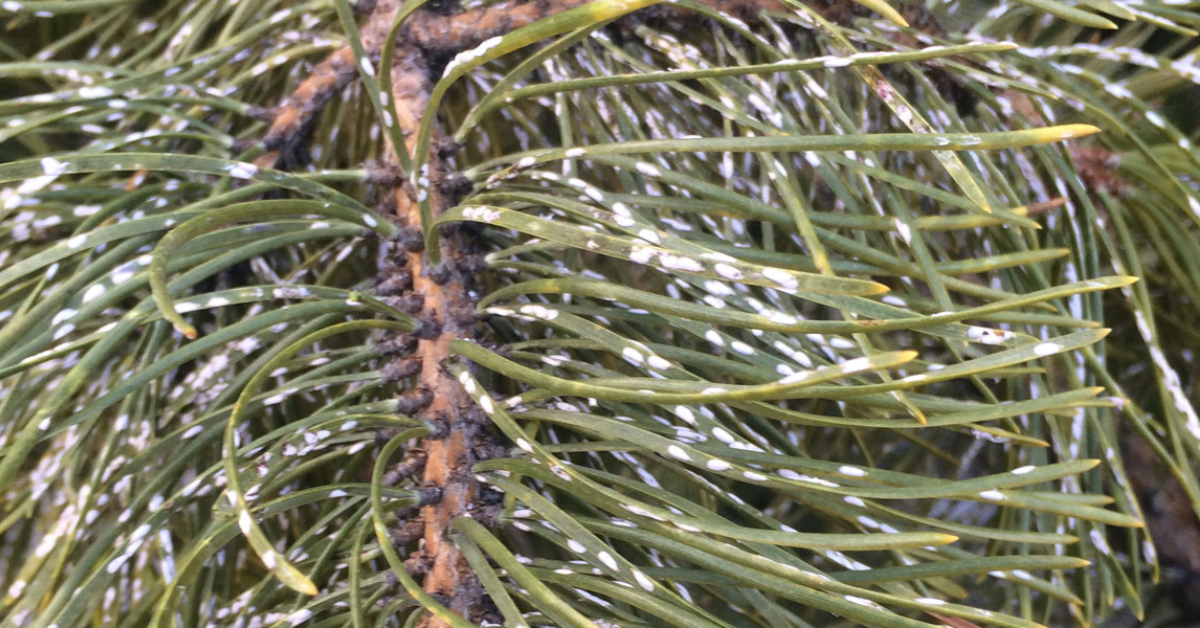Introduction:
Pine scale is a term encompassing several species of small insects that infest pine trees, causing damage to their health and aesthetic appearance. These pests can have significant implications for forestry management, ecosystem health, and even the economy in areas where pines are prevalent. Understanding pine scale, including its identification, impact, and management, is crucial for preserving pine populations and the environments they inhabit.
Identification:
Pine scale insects belong to the order Hemiptera and family Diaspididae. They are small, often less than 1/8 inch in length, and have a flattened, oval-shaped body. These insects typically have a protective covering or scale that resembles a shell, which is where they derive their name. Depending on the species, the scale can range in color from white to brown or even black.
Different species of pine scale may exhibit variations in size, color, and behavior. For example, the pine needle scale (Chionaspis pinifoliae) primarily infests the needles of pine trees, while the pine tortoise scale (Toumeyella parvicornis) infests the twigs and branches.
Impact:
Pine scale infestations can cause various detrimental effects on pine trees. The insects feed by piercing the tree’s tissue and sucking out sap, which can weaken the tree over time. This feeding activity can lead to stunted growth, yellowing or browning of needles, dieback of branches, and in severe cases, tree mortality.
Additionally, the presence of pine scale can attract secondary pests and pathogens, further exacerbating the damage to affected trees. Weakened trees are also more susceptible to environmental stressors such as drought, making them less resilient to adverse conditions.
In ecosystems where pine trees are dominant, such as pine forests or plantations, pine scale infestations can have cascading effects on biodiversity, soil stability, and carbon sequestration. The loss of pine trees due to scale infestations can disrupt these ecosystems and alter their functioning.
Management:
Effective management of pine scale requires an integrated approach that combines cultural, mechanical, biological, and chemical control methods. Cultural practices such as maintaining tree vigor through proper nutrition and irrigation can help reduce the susceptibility of pine trees to scale infestations.
Mechanical control methods involve physically removing infested branches or trees to prevent the spread of scale insects. This can be particularly effective for localized infestations or small-scale outbreaks.
Biological control agents, such as predatory insects or parasitic wasps, can also be employed to manage pine scale populations naturally. These natural enemies feed on the scale insects, helping to keep their numbers in check.
When infestations are severe or widespread, chemical control methods may be necessary. Insecticides specifically targeted at scale insects can be applied to affected trees, following proper safety precautions and environmental regulations.
However, it’s essential to consider the potential impact of chemical treatments on non-target organisms and the environment. Integrated Pest Management (IPM) strategies aim to minimize reliance on pesticides and prioritize sustainable, environmentally friendly approaches to pest control.
Conclusion:
Pine scale infestations pose significant challenges for forest managers, arborists, and homeowners alike. By understanding the identification, impact, and management of pine scale, stakeholders can implement effective strategies to mitigate the damage caused by these pests and preserve the health and vitality of pine trees and the ecosystems they support. Through integrated pest management practices and ongoing research, we can work towards sustainable solutions for managing pine scale and protecting our valuable pine resources.
Reach put to us to speak with our certified arborist on which solution is best for you! Don’t let the bugs take your precious forest!
928-830-4061

